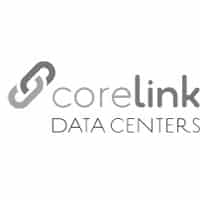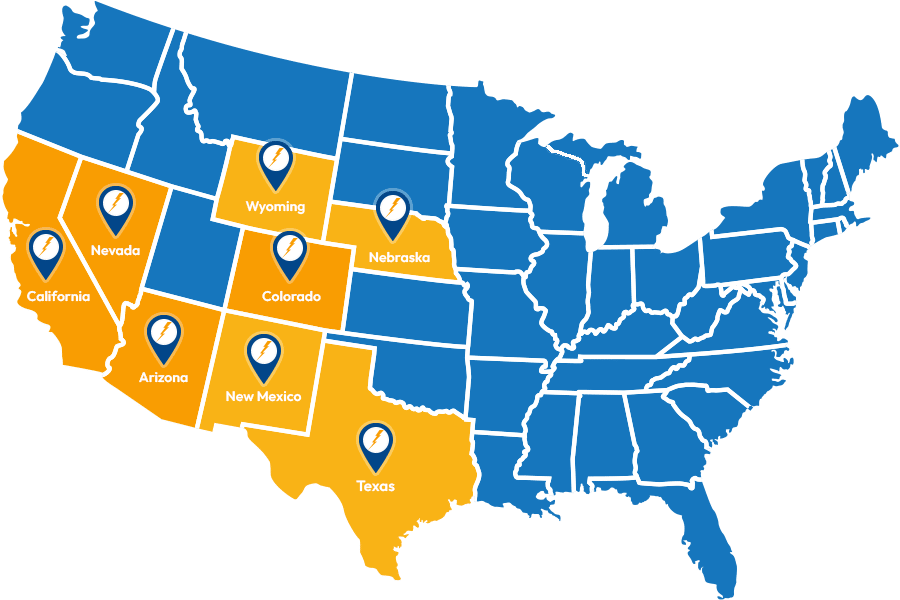 Data storage is as demanding as ever, pushing server providers to seek innovative solutions that are still barely able to keep up with the rapid growth. Server providers have the delicate task of maintaining fast, safe, and reliable user access—not to mention simple concerns such as preventing equipment from overheating. Automation appears to be the future of servers, as purely manual control of the incredible amount of data will likely no longer be reasonable. The solution is expected to be a mix of high-tech artificial intelligence used in both computers and equipment that is best described as robots. While current technology and engineering is still not quite up to the task, the vast resources being poured into research and development will soon bring this tech revolution to reality.
Data storage is as demanding as ever, pushing server providers to seek innovative solutions that are still barely able to keep up with the rapid growth. Server providers have the delicate task of maintaining fast, safe, and reliable user access—not to mention simple concerns such as preventing equipment from overheating. Automation appears to be the future of servers, as purely manual control of the incredible amount of data will likely no longer be reasonable. The solution is expected to be a mix of high-tech artificial intelligence used in both computers and equipment that is best described as robots. While current technology and engineering is still not quite up to the task, the vast resources being poured into research and development will soon bring this tech revolution to reality.
What is Fueling the Incredible Growth of Data Storage and Server Demands?
In 2012 the estimated stored digital data in the world was over just under three zettabytes, a number that is expected to soar to over eight zettabytes by 2015. A zettabyte is over one billion terrabytes; many new computers feature one or two terrabytes of storage, an amount of storage that was at one time limited to only super computers. Data storage has grown at such a fast clip that the tech world has had to rush to develop names to quantify storage amounts. As a frame of reference, a zettabyte is capable of storing two billion years of music! So what is fueling this frantic data growth?
- Growing World Wide Access to the Internet. Roughly 40% of the global population now has access to the web, representing a 250% growth since the mid 2000s. Growing third world economic development will continue to add more and more users over the next decade.
- Vast Amounts of Video. By the year 2016 over half of web traffic will involve internet video, further creating a massive storage demand. YouTube users alone upload somewhere in the area of fifty hours of video a minute, 24 hours a day.
- Increase in Mobile Device Use. Smartphones, tablets, and other mobile devices are quickly become internet users’ primary method of web surfing, dramatically raising the average amount of time spent on the web.
- Booming Online Commerce. Online retail purchases are set to exceed in store purchased over the next ten years, further boosting data demands.
The above are just a few of the many contributors to increasing data demands. Government and business internet usage are also increasingly adding to total digital data, leading both to develop their own storage server facilities.
How Will Servers Keep Up With Storage Demands?
Google, Facebook, and other organizations that handle massive amounts of data continue to build bigger and more advanced data centers throughout the globe, and are still struggling to keep up. Building more and more data centers is not a feasible long term solution to data demand; the development of new technology is a necessity. The following are some of the current and anticipated trends that will move the data storage forwards:
- Automated Monitoring and Fixing of Processes. Identifying the root of server performance problems can be a time intensive task, as is fixing them. Newer computer technologies that automatically find and fix faulty processes are growing in popularity. Developing programming and artificial intelligence technology will build on current systems to allow for more complex fixes and for performing daily tasks that currently have to be done manually.
- Increased Energy Efficiency. Energy use has been a consistent thorn in the side of server operators, with some experiencing as much as a 90% waste rate. This problem has been not only expensive but has drawn the ire of environmental advocates as well, who are also upset at the fact that most data centers rely on gas powered generators in the event of a power out. Google, Facebook, and other internet giants have turned to building servers in areas like Sweden and Greenland to take advantage of natural cooling and nearby hydroelectric power.
- All in One, Portable Data Centers. AOL and other online operations are experimenting with the use of small, portable unmanned data centers that can be used to supplement high demand areas or used in the event that a main data center is damaged. The smaller nature of these portable centers necessitates that they have the ability to function on their own as much as possible. Advancements in robotic and AI technology have the ability to fuel the widespread use of small, self-reliant data centers.
The Dawn of the “Lights-Out” Data Center
AOL’s vision of a “lights-out” data center has attracted the attention of other major web players. A “lights-out” data center is one designed to be completely human free in day to day operation, save for significant breakdowns in equipment. Data server robotics are currently focused on a rail system that allows robotic equipment to move throughout a data to center to move servers, perform minor repairs, clean, and use integrated software to handle processing problems. Current data centers require administration and engineering staff to be responsible for a high number of servers; the use of robotics has the potential to cut down on operating costs and reduce employee workloads.
The development and use of robotics is currently too expensive to make it feasible for widespread use, as the upfront costs associated with building a lights-out center make it an uneasy investment to make. However, in the near future the upfront costs will likely be more than made up for due to higher efficiency, decreased labor costs, and the ability to remotely control robotics from anywhere in the world.
Given the staggering growth in data needs, server operators have no choice but to adapt in order to meet demands and provide the performance that users expect. Robotic technology, innovative software, and artificial intelligence will likely be the foundation of data center improvements, potentially revolutionizing one of the most important resources in the world.



























